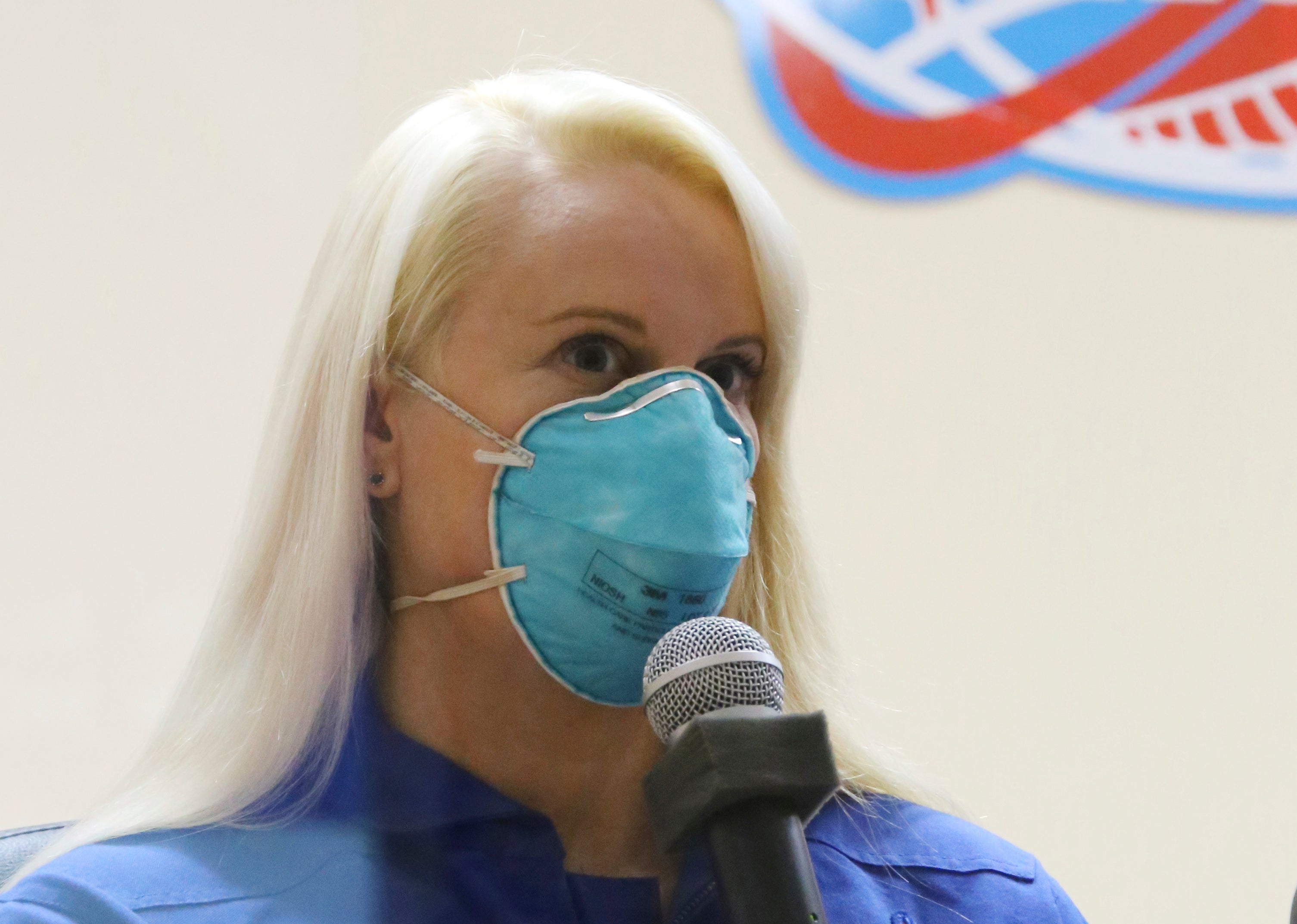Russian, US astronauts launch to International Space Station
A trio of space travelers has launched successfully to the International Space Station, for the first time using a fast-track maneuver to reach the orbiting outpost in just three hours

Your support helps us to tell the story
From reproductive rights to climate change to Big Tech, The Independent is on the ground when the story is developing. Whether it's investigating the financials of Elon Musk's pro-Trump PAC or producing our latest documentary, 'The A Word', which shines a light on the American women fighting for reproductive rights, we know how important it is to parse out the facts from the messaging.
At such a critical moment in US history, we need reporters on the ground. Your donation allows us to keep sending journalists to speak to both sides of the story.
The Independent is trusted by Americans across the entire political spectrum. And unlike many other quality news outlets, we choose not to lock Americans out of our reporting and analysis with paywalls. We believe quality journalism should be available to everyone, paid for by those who can afford it.
Your support makes all the difference.A trio of space travelers has launched successfully to the International Space Station for the first time using a fast-track maneuver to reach the orbiting outpost in just three hours.
NASA’s Kate Rubins and Sergey Ryzhikov and Sergey Kud-Sverchkov of the Russian space agency Roscosmos lifted off as scheduled Wednesday morning from the Russia-leased Baikonur space launch facility in Kazakhstan for a six-month stint on the station.
For the first time, they are trying a two-orbit, three-hour approach to the orbiting outpost. Previously it took twice as long for the crews to reach the station.
The trio will join the station’s NASA commander, Chris Cassidy, and Roscosmos cosmonauts Anatoly Ivanishin and Ivan Vagner, who have been aboard the complex since April and are scheduled to return to Earth a week later.
Speaking during Tuesday’s pre-launch news conference at Baikonur, Rubins emphasized that the crew spent weeks in quarantine at the Star City training facility outside Moscow and then on Baikonur to avoid any threat from the coronavirus.
“We spent two weeks at Star City and then 17 days at Baikonur in a very strict quarantine,” Rubins said. “During all communications with crew members we were wearing masks. We made PCR tests twice and we also made three times antigen fast tests.”
She said she was looking forward to scientific experiments planned for the mission. “We’re planning to try some really interesting things like bio-printing tissues and growing cells in space and, of course, continuing our work on sequencing DNA,” Rubins said.